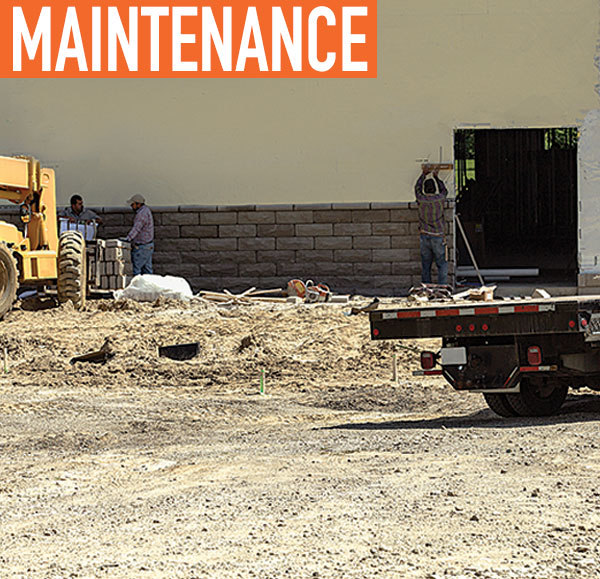Dr. Seuss famously tells us, “Kid, you can move mountains!” So we think we can! Though even someone as large as Paul Bunyan might need a little help, and that help can come in the form of a winch. A winch, by definition, is a hauling or lifting device consisting of a rope, cable, or chain winding around a horizontal rotating drum, turned by a motor-driven or hand-powered source.
Heavy-duty electric winches are sometimes used in industrial situations to pull heavy loads, but a hydraulic winch may be a better choice for more difficult jobs.
HYDRAULIC WINCHES
Heavy-duty electric winches are great for large loads, but primarily on an infrequent basis. Long repeated operations can cause overheating, and extended power draws on the battery can run the battery down. Hydraulic winches such as the HW series of Hydraulic Winches from BULLDOG™, however, can pull many heavy loads frequently without overheating the unit. While hydraulic winches are somewhat slower than electric winches, hydraulic winches can run for longer periods of time and can do many jobs throughout the work day.
To help the hydraulic winch run at its optimum capacity, it is not recommended to use hydraulic pressure from the power steering pump of your vehicle but rather have a designated hydraulic pump. A designated pump for operation of the winch can supply the maximum flow of fluid at the pressure required. The hydraulic fluid should be a high grade, petroleum-based fluid with resistance to rust, oxidation, and wear. The hydraulic reservoir needs sufficient capacity to provide good heat dissipation in order to prevent overheating of the hydraulic fluid. It should hold at least 60 liters.
All hydraulic hose lengths should be kept to a minimum because pressure and flow loss increase as the hose length increases. Conversely the bigger nominal bore hose, the better the winch performance. Having good pressure is emphasized, but keep in mind that pressure is only the potential to do the job. It is the flow rate that gets the job finished. Failure to use the correct pressure and flow may result in damage to the winch, property, or personal injury.
To the left are some use and maintenance tips and guidelines for using your hydraulic winch up to its maximum capability.
GOOD CARE, LONG LIFE
A hydraulic winch can help you with any difficult job you need to tackle. Maybe even moving a mountain! However, diligent preparation of the winch, including proper installation, sufficient hydraulic pressure and flow, and proper care and maintenance will aid in accomplishing difficult tasks safely and more efficiently. Make sure to follow the tips listed left. Keeping the winch in great working order and using it safely will prolong the life of your winch, assuring you’ll be able to get the job done every time.
ABOUT THE AUTHORs:
Tricia Nault has an MS degree in Historic Preservation from Eastern Michigan University and an MA degree in history from the University of Windsor. She has spent the last 15 years in the towing industry, most recently as a corporate event planner specializing in trade shows and product training. Angela Howard has a BAA degree in Broadcast and Cinematic Arts from Central Michigan University. She has spent the last four years in the towing industry in public and media relations. Prior to Horizon Global, Angela worked for nearly 10 years as a television news anchor and reporter in Michigan and Florida. Find out more, visit www.horizonglobal.com or www.bulldogproducts.net.
MODERN WORKTRUCK SOLUTIONS: JULY 2018 ISSUE
Did you enjoy this article?
Subscribe to the FREE Digital Edition of Modern WorkTruck Solutions magazine.
![]()






